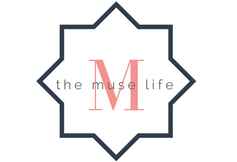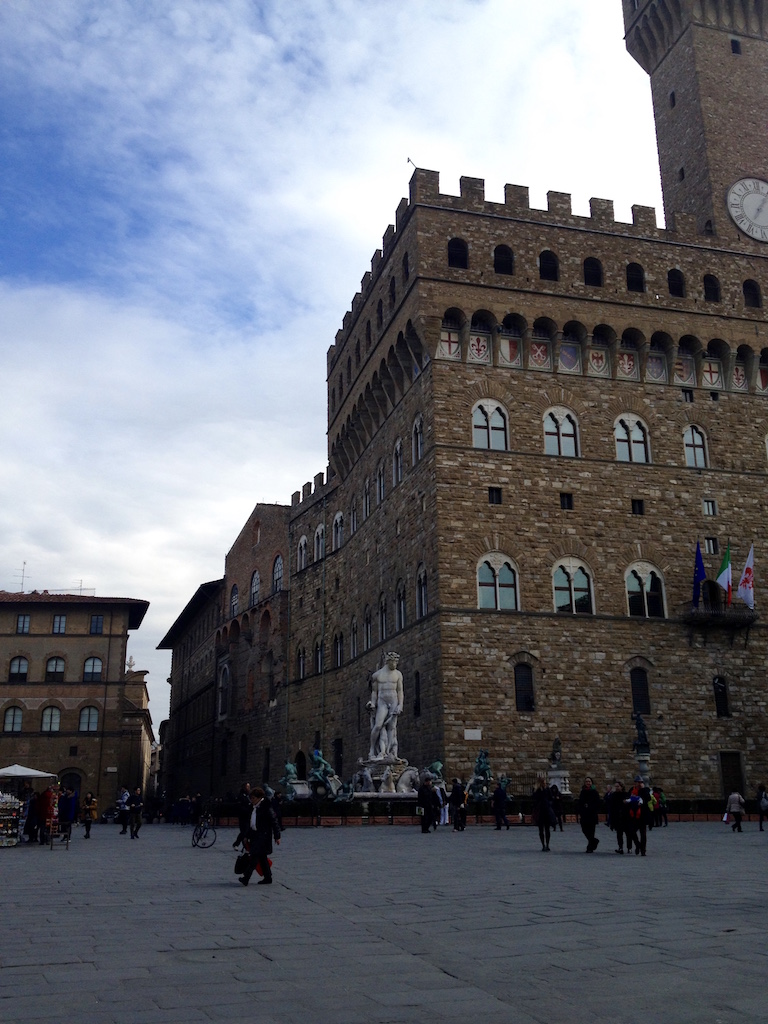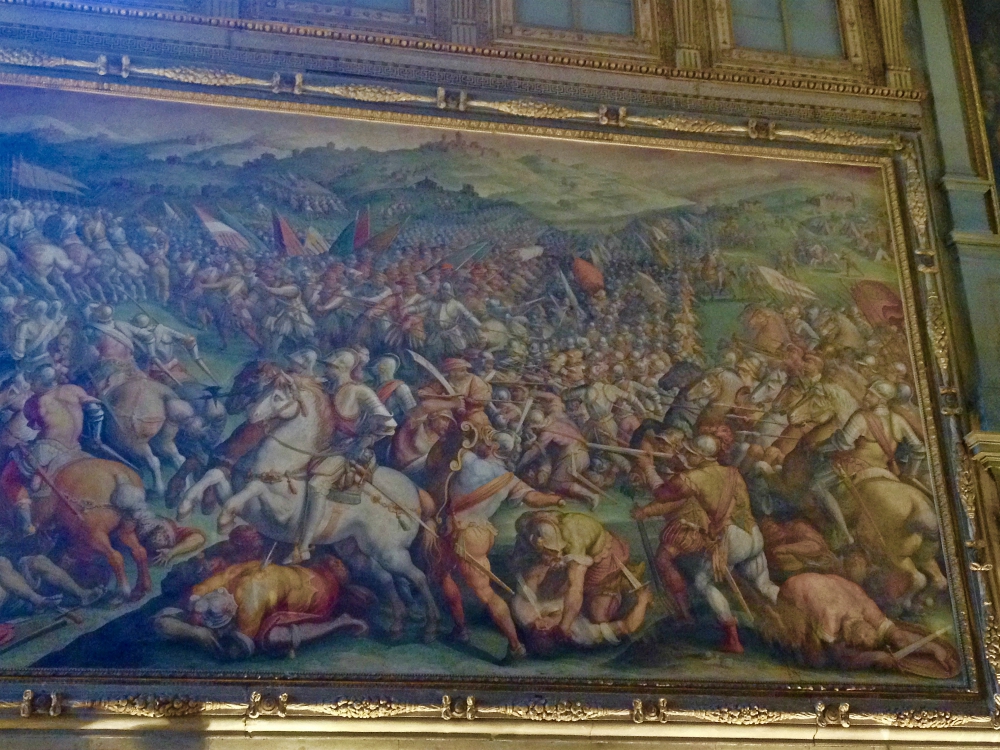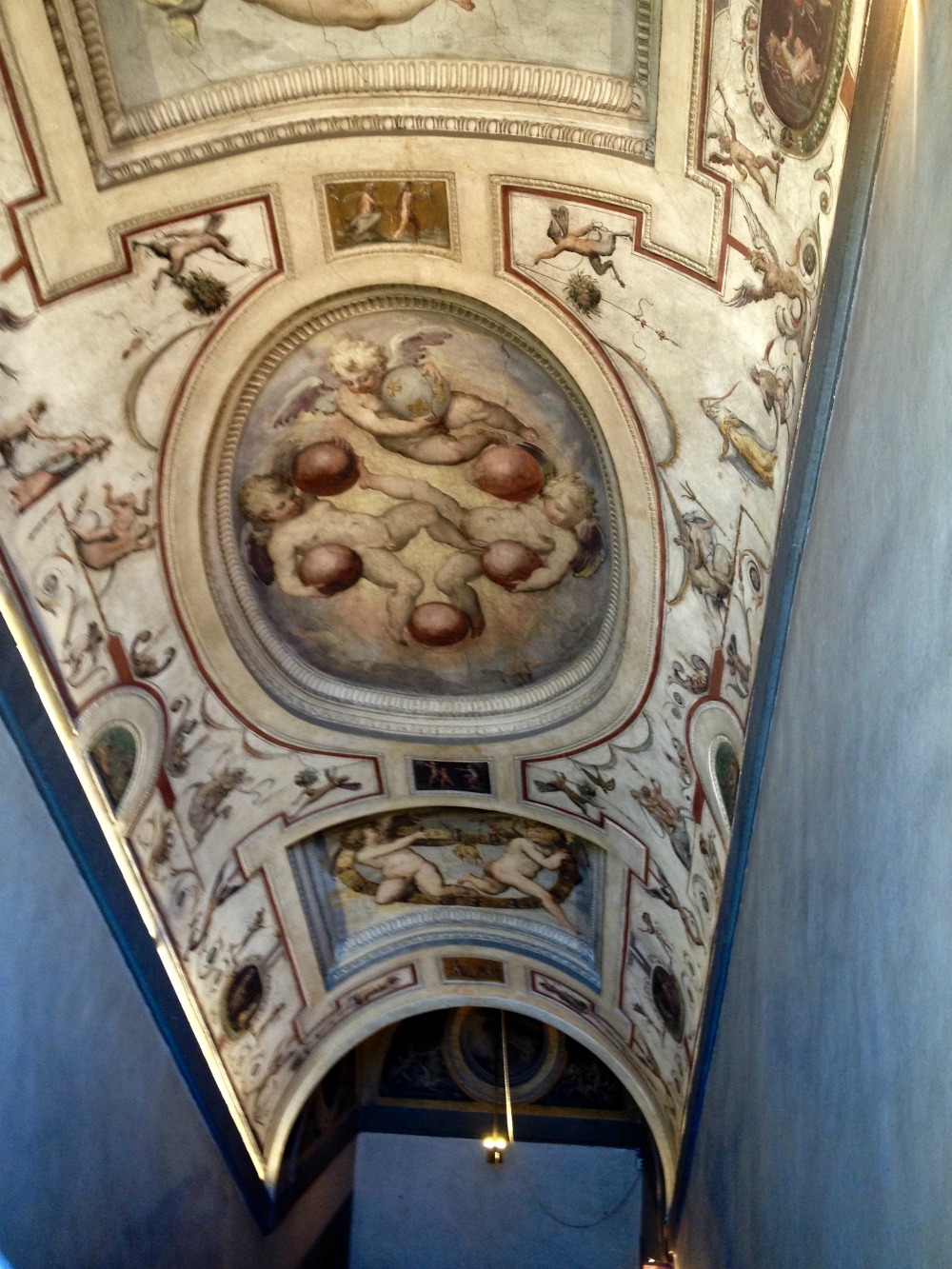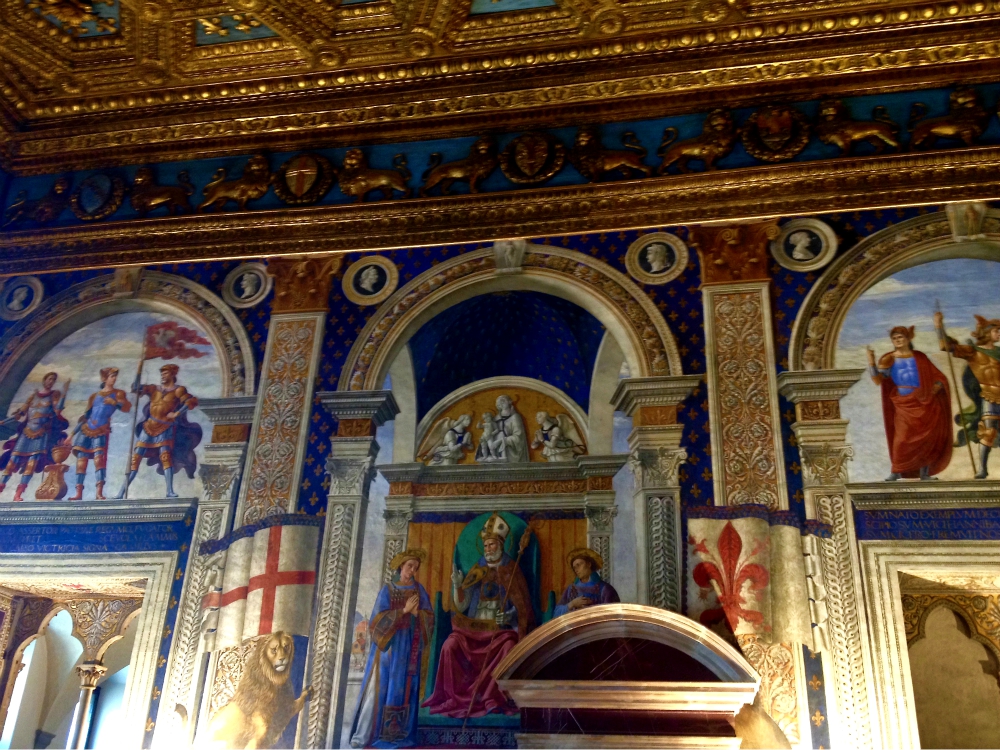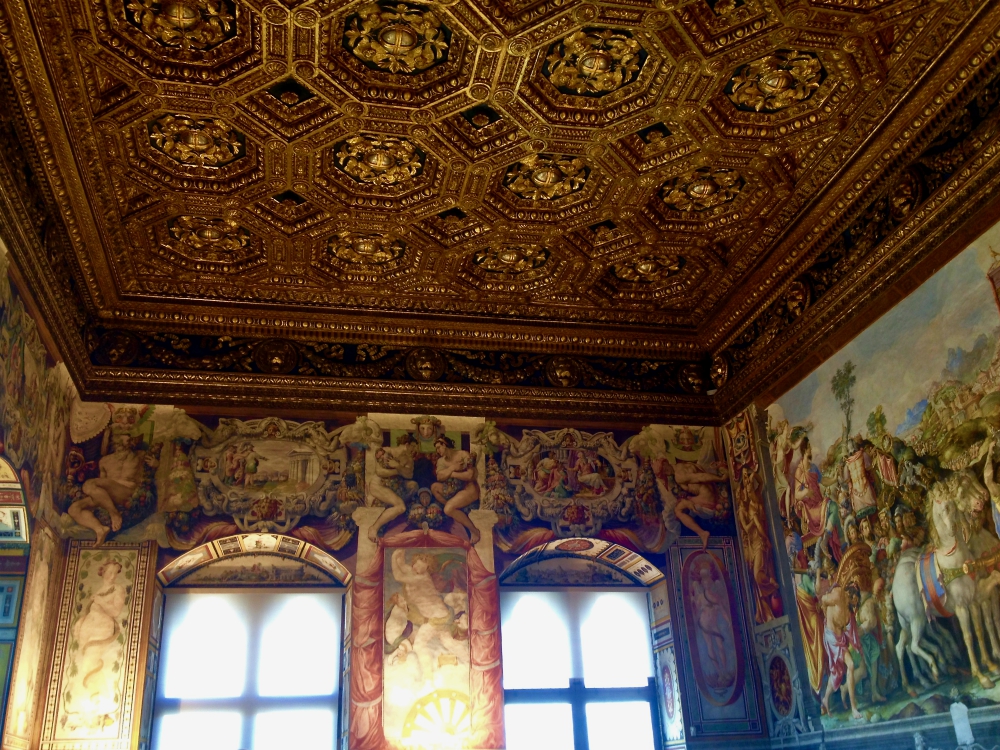I've always wondered where Palazzo Vecchio falls on tourists' sightseeing lists when visiting Florence. After the Duomo and The David, does Palazzo Vecchio feature anywhere on the list? Sitting next to the Uffizi, Palazzo Vecchio sports the tallest tower in Florence after the Campanile.
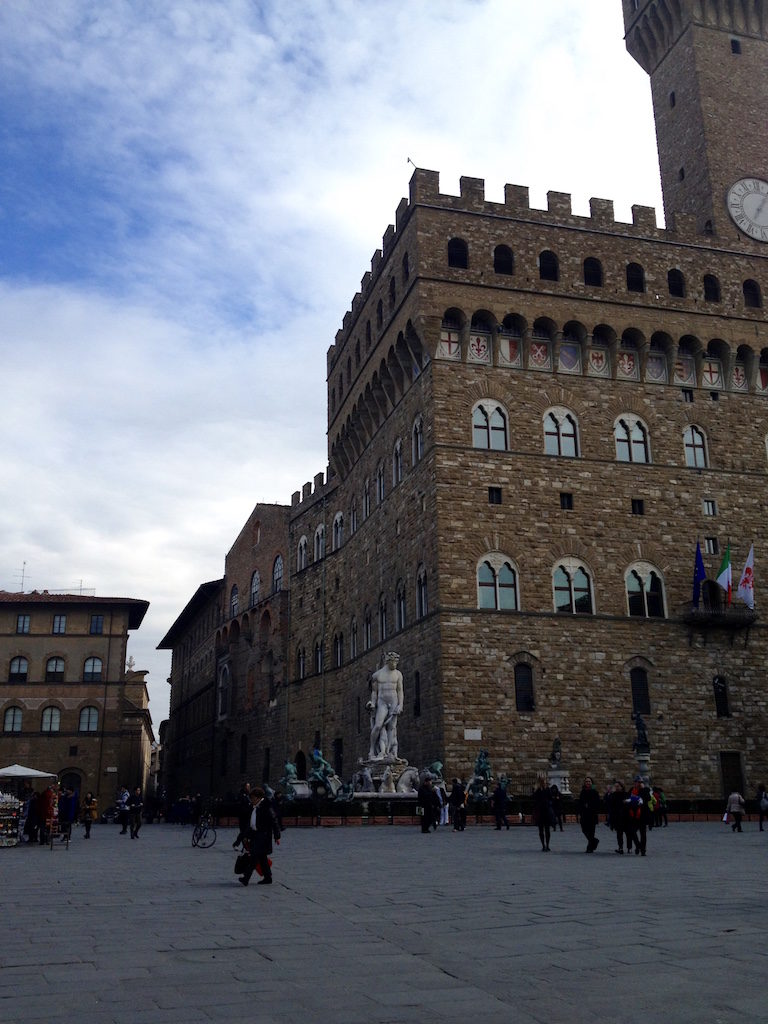
This building is where the Florentine officials carried out their governmental affairs.
Don't let the name 'Palazzo' fool you, this was no palace, this was a well-fortified stronghold, which makes sense. Imagine you're the Medici, ruling Florence in 1470 and you decide to impose a tax on gelato.
You'd better hope the seat of government would be able to withstand all of the riots and rushing crowds!
Fun fact: a secret passageway leads from Palazzo Vecchio all the way across the river to the Pitti Palace — that's about a half mile of continuous passageways through attics and the top floors of those jewelry stores on the Ponte Vecchio.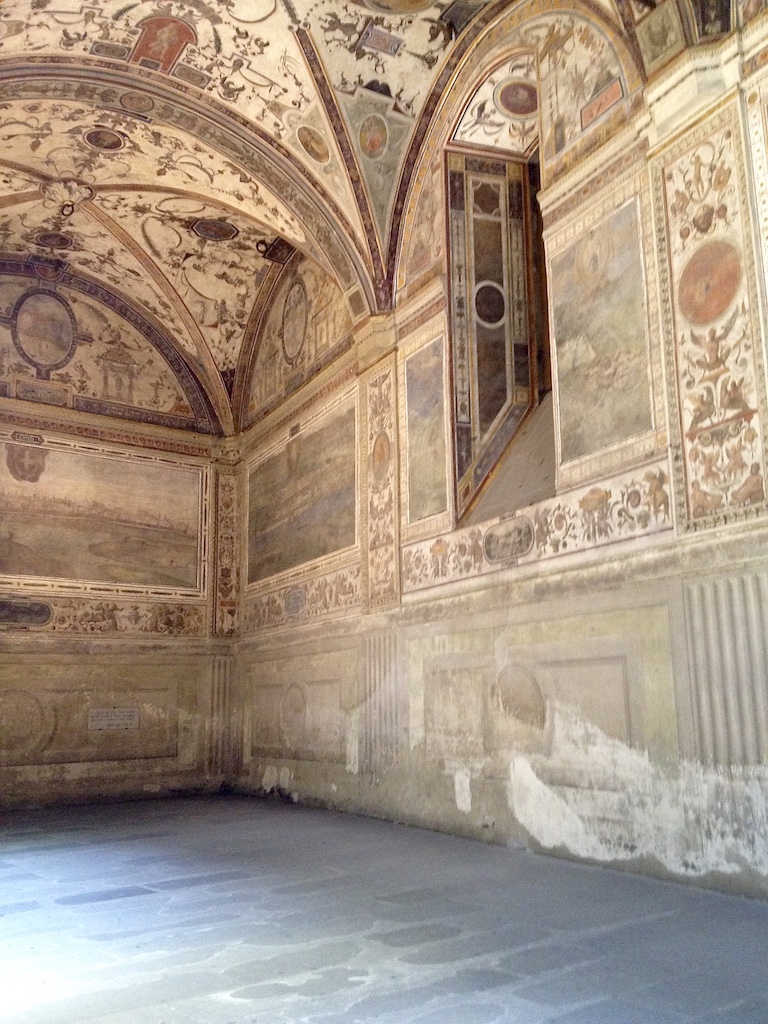
Regardless, Palazzo Vecchio is well worth a look inside.
If you're feeling extra adventurous, you can climb to the top of the tower, but we're here to check out the ceilings. (You could probably travel through Italy only looking at the ceilings — the wealth of masonry, architecture, and design is overwhelming.)
After walking through the ground floor courtyards of the palace, grand staircases bring you to the main floor.
State rooms, studies, offices, and grand salons proudly display the wealth and importance of the magistrates who controlled Florence from these floors.
Paintings that are 10's of meters wide set the stage for the coffered and paneled ceilings, whose designs are covered in gold.
The impressiveness of the artwork is understandable when artists like Leonardo da Vinci and Michelangelo both contributed to the building. In the "1500s Salon" two battles are depicted, the Battle of Cascina (Michelangelo) and the Battle of Anghiari (Leonardo).
But we're here for the ceiling art.
It's more rare to find an unadorned wall or space in this palace — even the unimportant hallways hold something for the eye.
From historical to mythological to biblical scenes, it's all here!
Rather than explaining each one of the following scenes, I want you to take your time and enjoy these. Also note the six-sphere designs throughout some of these rooms, this design is a symbol of Medici and decorates many of the buildings in Florence.
Traveler Tip: I think it's fair to set your gelato quota for at least two per day, and make sure to get your scoop from La Carraia (best gelato in Florence).
